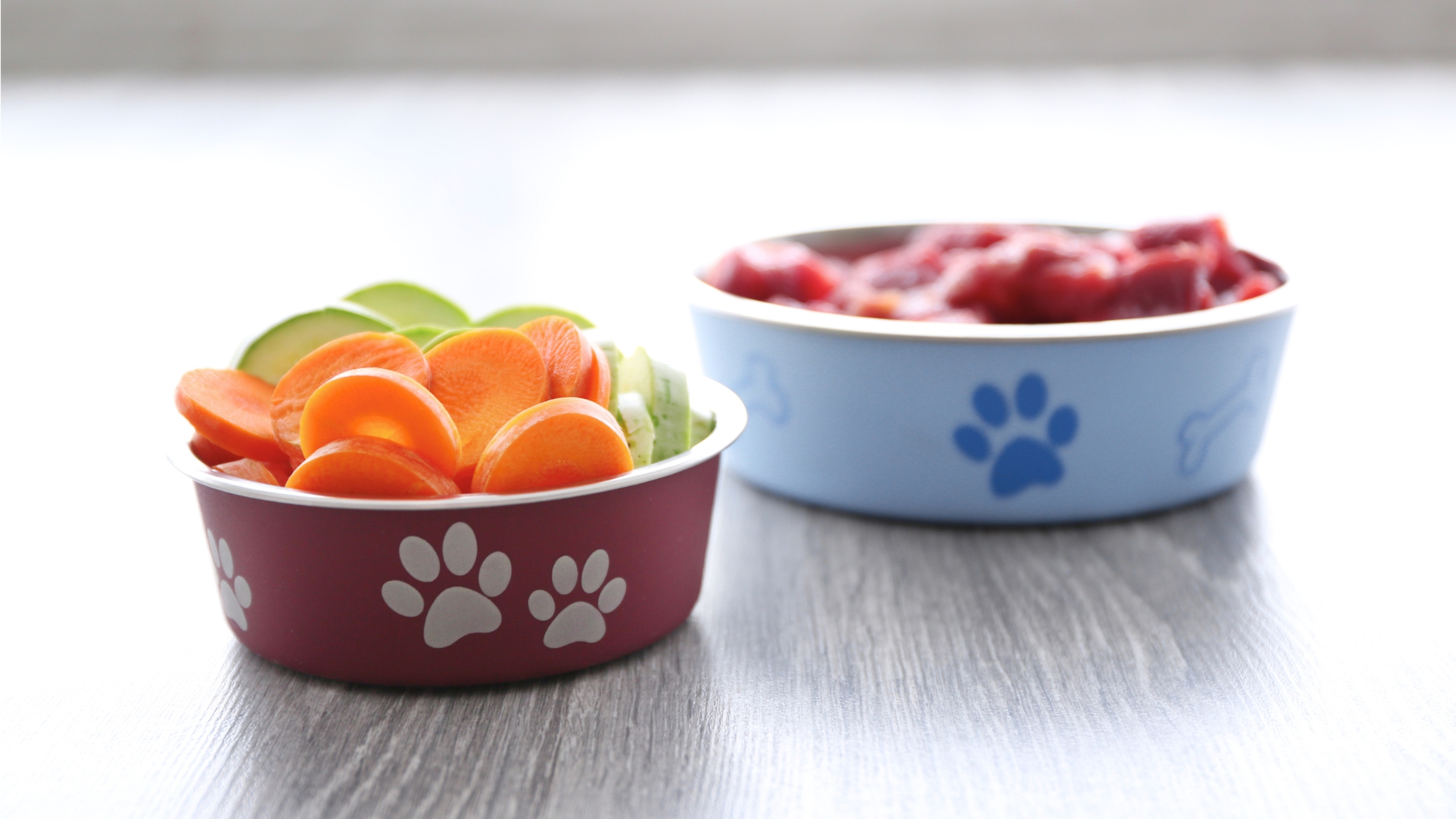
Why a Varied Diet is the Secret to a Happy, Healthy Oodle
If you share your life with an oodle, you’ll know they’re equal parts snugglebug, drama queen and foodie. And like us, oodles don’t thrive on boring, repetitive meals day in and day out. In fact, giving your oodle a varied diet isn’t just about keeping their tastebuds entertained, it’s about supporting their long-term health, wellbeing and behaviour.
My oodles (Tia, Latte & Neo) have always eaten a variety of different food with limited kibble, and I believe this has not only minimised any health issues but they are not fussy eaters as they like their variety.
Let’s chew on why variety really is the spice of life for your oodle’s dinner bowl.
It Keeps Mealtime Interesting
Imagine eating the same dry, brown biscuit for breakfast and dinner, every day, for years. You’d go a bit bonkers too. Oodles are smart, social and inquisitive dogs and they crave mental stimulation, and mealtimes are one of their daily highlights. A varied diet gives them different textures, tastes and smells to explore, making mealtimes an event, not a chore.
Bonus: It can help reduce fussy eating behaviours before they start.
It Boosts Their Nutritional Intake
No single food ticks every nutritional box perfectly. By rotating proteins (like chicken, beef, turkey, fish and kangaroo) and mixing up fresh veg, fruit, and high-quality treats, you naturally balance out any potential gaps in their diet.
Think of it like this:
Chicken mince one night, sardines the next, a little pumpkin or sweet potato here, some blueberries or a dollop of yoghurt there… it all adds up to a richer, more complete nutrient profile over time.
It Helps Prevent Food Intolerances
Believe it or not, feeding the same protein or kibble for years can actually increase the risk of your oodle developing food sensitivities. Their gut microbiome, the army of good bacteria in their tummy, thrives on variety. Exposing them to different foods keeps their digestive system robust and better equipped to handle new ingredients in the future.
A varied diet today = fewer upset tummies tomorrow.
It Can Reduce Anxiety and Behavioural Issues
Yep, what your oodle eats affects how they feel. Foods rich in omega-3 fatty acids (think sardines, salmon oil and flaxseed) can help with anxiety and inflammation. High-quality proteins support mood-regulating neurotransmitters. And enrichment feeding (using licky mats, snuffle balls and puzzle feeders with varied snacks) taps into their natural foraging instincts, calming busy, anxious minds.
It Builds a More Resilient Eater
Ever met a dog who refuses to eat when you’re away, or if their usual brand is out of stock? Avoid creating a ‘brand junkie’ by exposing your oodle to a variety of foods early on. A dog who’s used to different flavours and textures is less likely to go on hunger strike when life throws a curveball, like a weekend at their pet sitters or a product recall.
Quick Tips for Adding Variety (Safely!)
- Rotate proteins: Try swapping between chicken, lamb, beef, turkey, kangaroo and fish. There are many butchers that have special dog meat available now too.
- Add fresh extras: Blueberries, pumpkin, yoghurt, eggs, sardines, green beans — all dog-safe and nutrient-rich.
- Use enrichment toys: Stuff them with different treats or healthy leftovers.
- Introduce new foods slowly: One new item at a time, and watch for any tummy upsets.
- Work with your vet: Especially if your oodle has a sensitive stomach or health issues.
Oodles sensitive, clever little souls who thrive when their physical and emotional needs are met. And one of the easiest, most natural ways to show your oodle love is by mixing up their diet. A little variety goes a long way towards a happier, healthier, better-behaved pooch.
So go ahead, serve up a side of sardines, a sprinkle of pumpkin or a juicy kangaroo steak this week. Your oodle will thank you with extra tail wags, happy licks and that famous oodle grin.